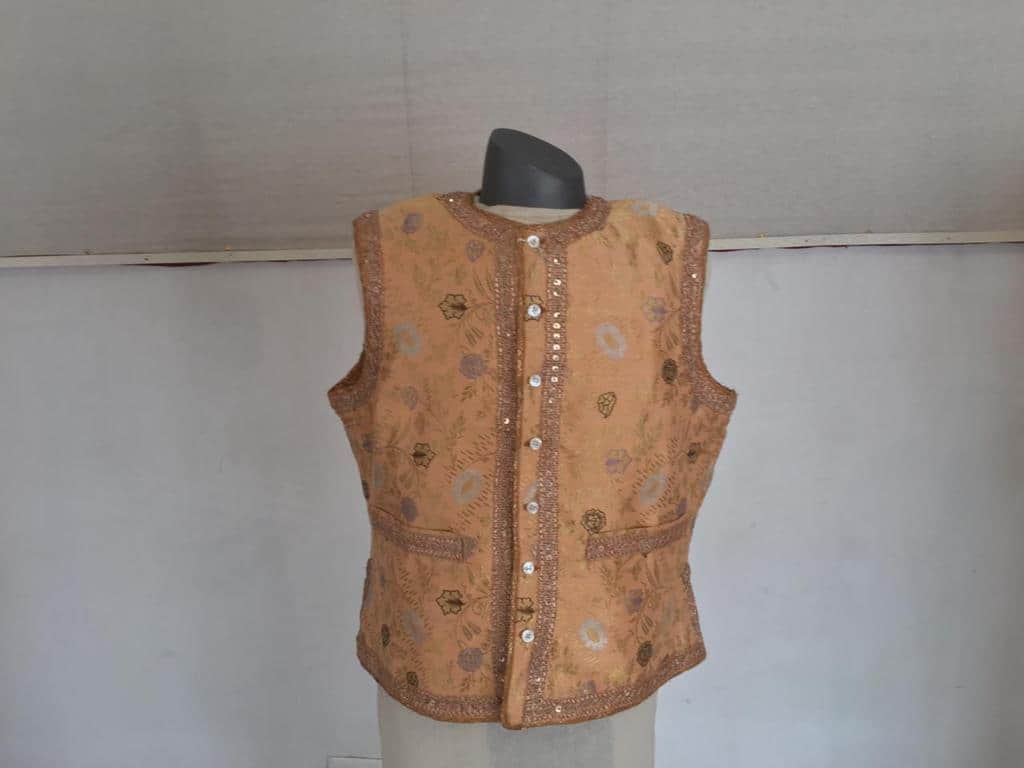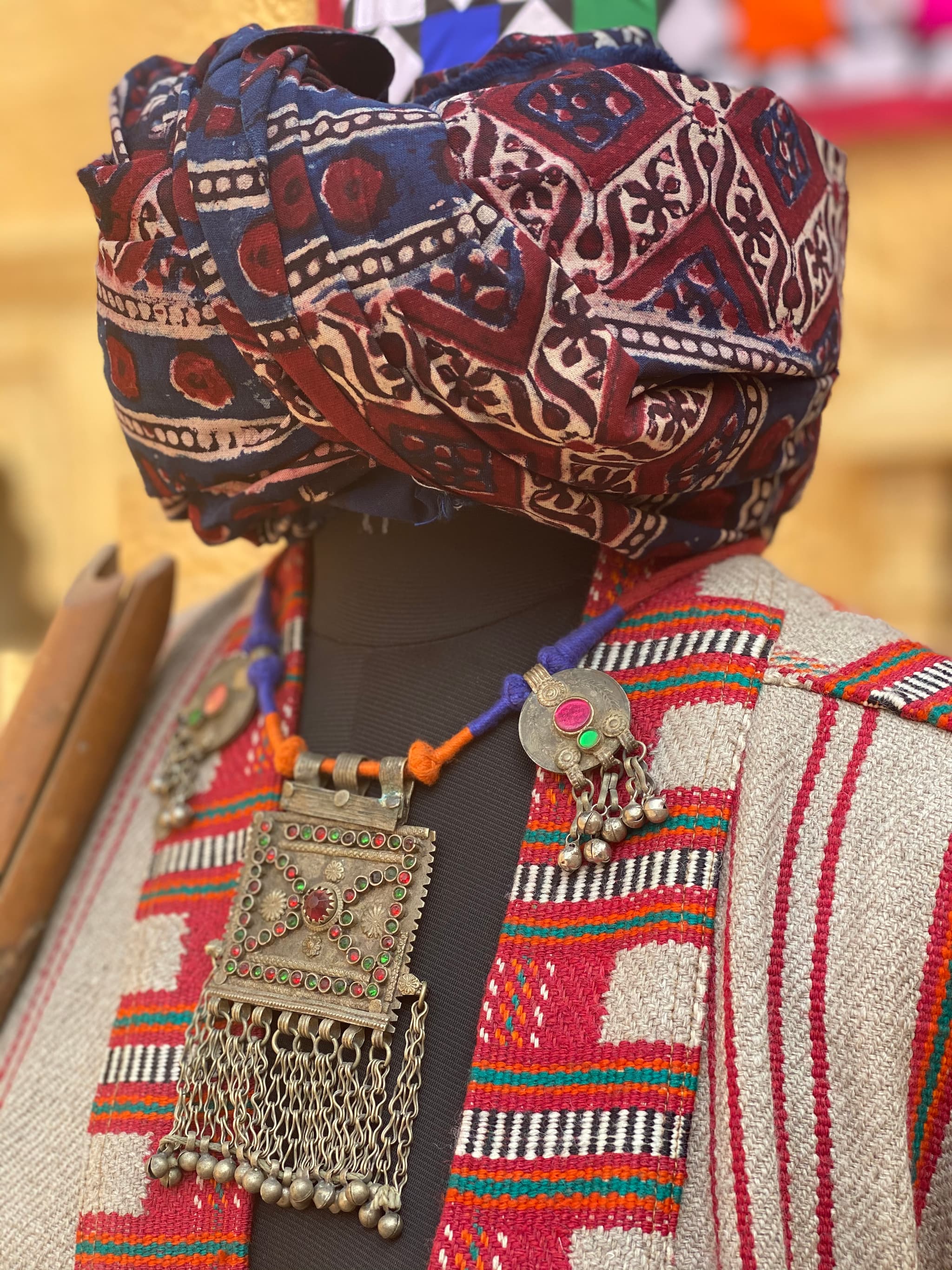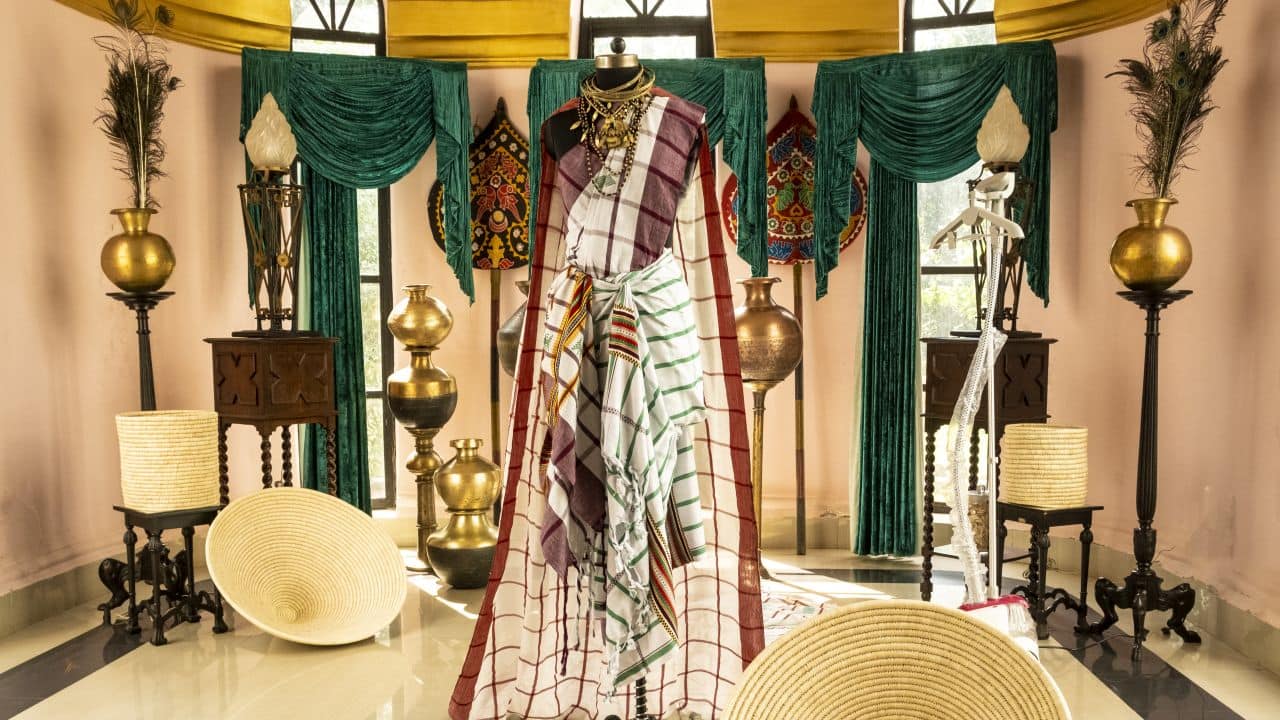



The glorious history of India’s arts and culture is incomplete without the mention of its royal families. Whether it’s cuisine, music or textiles, the royalty has played an important role in shaping each of these pillars, and even today, the story is no different.
As we shine the spotlight on textiles and their intrinsic link with the exquisite craftsmanship of karigars, it is significant to note that the courts of the erstwhile rajas and maharajas were once living examples of the country’s long-cherished textile traditions. The craftsmen flourished under the patronage of these royals for centuries, but unfortunately, some of these historic arts are on the brink of extinction today.

The COVID-19 pandemic has further weakened its case, as a large population of craftsmen in the country is struggling to make ends meet. It is this drive for sustainable livelihoods and preservation of the arts that has propelled the country’s erstwhile royal families to come together and take action, thus giving birth to The Karkhana Chronicles: Royal Edition.
This digital campaign that has been conceptualised with The ReFashion Hub, brings into focus some of the country’s traditional textiles through installations at ancestral properties in Mayurbhanj (Odisha), Jaisalmer (Rajasthan) and Gwalior (Madhya Pradesh).

“Historical properties have a contemporary relevance; they are the centre of cultural ideas and thoughts, and have had an age-old relationship with local communities. And with the handloom and handicraft industry having received a major blow during the pandemic, there was a massive need to keep the conversations alive. The other thing was to take these conversations outside of cities, and the three royal spaces were chosen very strategically, because all of them have museums,” says Jema Akshita Manjari Bhanj Deo of Mayurbhanj.
The magnificence of Mayurbhanj
The textile installation at Mayurbhanj can be witnessed live at the 200-year-old Belgadia Palace, the ancestral home of Bhanj Deo. In focus here is the phuta saree, the traditional costume of the Santal tribe, which has been infused with certain contemporary elements, but without compromising on its long-standing heritage. The choice of jewelry is the ancient craft of dokra.
The men wear a kacha (a distinct drape different from other styles of dhoti), while in the case of women, this piece is used as a petticoat, over which the phuta saree is draped. There is an addition of a cape, which stands as a symbol of power and empowerment.

The textile installation has been conceptualised with local designer Lipsa Hembram of Galang Gabaan.
“I belong to Mayurbhanj, but not from the Santali community. That’s why it was important for me to give agency to emerging designers who are from the community, but are able to work with on-ground artisans and revive the handloom process,” adds Bhanj Deo.
The Glory of Gwalior
In Gwalior’s HH Maharaja Sir Jiwajirao Scindia Museum (part of the Jai Vilas Palace), the textile installation puts the spotlight on Chanderi weaves, a textile that has been patronised by the royal family for long. The showcase called ‘The Woven Crown’ includes a significant number of saris and dupattas, angrakha-style kurtas, and the ceremonial Shindeshahi pagdi worn by Scindia maharajas, made using stretched cotton Chanderi.
 Realising the need to expand the reach of Chanderi beyond royal patronage, Hon’ble MP Jyotiraditya Scindia and his wife, HH Maharani Priyadarshini Raje Scindia, have gone a step further by collaborating with the likes of contemporary designers Rahul Mishra and Sanjay Garg, as well as Fabindia and the FDCI, in recent times.
Realising the need to expand the reach of Chanderi beyond royal patronage, Hon’ble MP Jyotiraditya Scindia and his wife, HH Maharani Priyadarshini Raje Scindia, have gone a step further by collaborating with the likes of contemporary designers Rahul Mishra and Sanjay Garg, as well as Fabindia and the FDCI, in recent times.
“The artisans are the champions, the marathon runners and sprinters. We are the track that enables them to reach their potential without roadblocks, which could be middle men or lack of education or exposure. By converting our spaces into areas of design and production, and bringing in the right people, as well as collaborating between families and artisans will enable them to get the right recognition,” says HH Maharani of Gwalior Priyadarshini Raje Scindia.
The Jazz of Jaisalmer
The Jaisalmer Fort Palace Museum brings to life an installation inspired by indigenous communities, conceptualised along with third-generation textile artist Santhosh Rathi. Sustainability forms the cornerstone of each of the textile installations, and at Jaisalmer too, it is visible in every facet.
 The cloak is made of pattu, which is usually a shawl, but has been converted into a cape, and is paired with local cotton dhoti pants. There’s also a turban made of local ajrakh, a block printed textile that has its origin in the Indus Valley Civilisation.
The cloak is made of pattu, which is usually a shawl, but has been converted into a cape, and is paired with local cotton dhoti pants. There’s also a turban made of local ajrakh, a block printed textile that has its origin in the Indus Valley Civilisation.

The installation also includes a geometric patchwork quilt spread on the floor, which is known as Ralli that is crafted by sewing several layers of waste fabrics. There are also local silver jewellery pieces that complement the attire, and speak of Rajasthan’s intricate and diverse collective artistic spirit.
“In 2020, when the world is upside down with so many issues in different sectors, it is important to understand our roots, even more for the youth. If we don’t spread awareness about these ancient textile works now, they will all be lost. There’s so much more that can be done with textile fusion, taking into account current and older fashion trends, and if we are able to get a sync between them, magic can happen,” says Yuvraj Chaitanya Singh Bhati, crown prince of the erstwhile kingdom of Jaisalmer.
The way forward
The historic properties will house the textile installations until January 31, 2020, after which Bhanj Deo, says they could convert it into a “floating exhibit”, based on the response. Although the campaign has taken viewers through its various installations via digital tours on Instagram, people can go over to any of these ancestral properties and witness these masterpieces, right before their eyes.

The idea is to take these three textile installations to different parts of the country, and connect consumers to local artisan clusters, thereby giving them the recognition they deserve.
“It is all about documenting dying art forms and facilitating residencies, as well as encouraging academic collaborations and patronising design communities. There is growing interest from people who would like to now collaborate, and work on products that incorporate these textiles or prints. That’s really exciting,” says Bhanj Deo, signing off.
Discover the latest Business News, Sensex, and Nifty updates. Obtain Personal Finance insights, tax queries, and expert opinions on Moneycontrol or download the Moneycontrol App to stay updated!